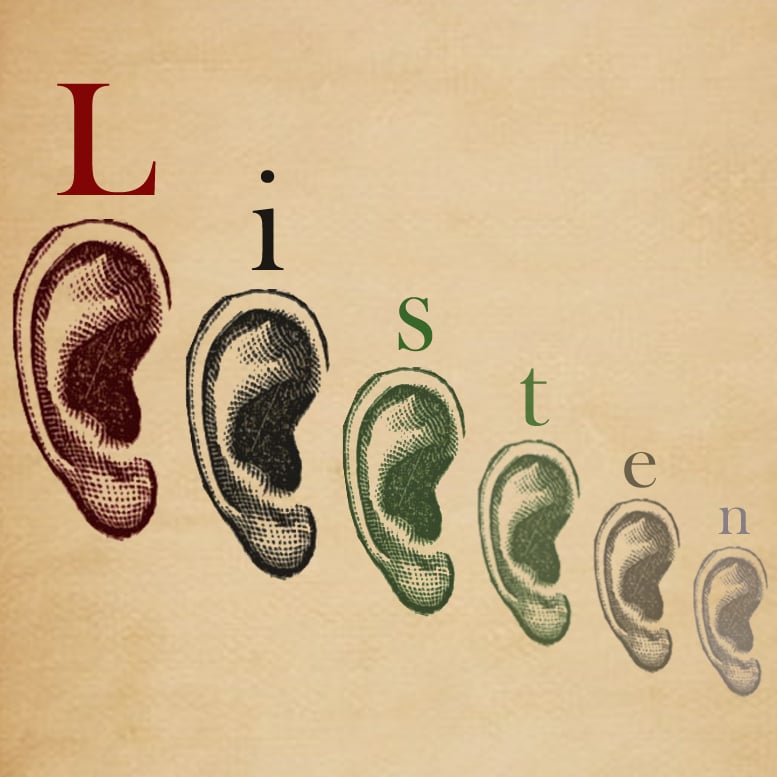Mother, Hemp, Horse or Scold: When Tone Changes Meaning
Table of Contents
Ky/Flickr
Tone is essential to conveying the intended meaning of many words and can often be the hardest part of learning a tonal language.
Tonal languages such as Mandarin (and many other East Asian languages) can be very complex to learn and master for western students. Their intricate tonal variations can be difficult to remember and to pronounce.
Tone is a something that many students struggle to comprehend when learning a language like Mandarin.
In your own native tongue, you probably have no difficulty using a word that has another meaning in a different context or when pronounced differently. When learning a new language, however, you will spot these pitfalls much more quickly and need to be acutely aware of them in order to achieve mastery of the language.
For students learning tonal languages, proper inflection provides further difficulties in addition to the usual suspects like vocabulary, tenses, conjugation, and pronunciation.
Mandarin Chinese
In Mandarin, logograms carry no indication of the correct pronunciation or tone. Similarly, English homographs (words that are spelled the same but pronounced differently) can cause trouble for students of the language.
In comparison with the English language’s 2000 different syllables, Mandarin has relatively few: only about 400, but the tone of these syllables is crucial in conveying their intended meaning.
Mandarin uses four tones to distinguish the meanings of syllables, or logograms: high level, rising, falling-rising, and falling. In the pinyin writing system, using the base “ma” as an example, the different intonations are expressed using diacritics: mā; má; mǎ; mà.
When spoke properly, these mean “mother,” “hemp,” “horse,” and “scold” respectively. In logographic script, the Chinese logogram 樂 can mean both “music” and “pleasure” depending on the pronunciation and context.
When written in pinyin, however, it becomes clear what the correct pronunciation or tone is. Music becomes “yuè” and “pleasure” becomes “lè.”
The pinyin system for writing Mandarin in Latin script spells out logographs phonetically with Latin characters, making it easier to learn Mandarin for those coming from a Latin alphabet. However, the potential to cause confusion arises due to the differing pronunciations of many character combinations.
Another method of writing in Chinese script is the radical-phonetic method, which uses two logographs to convey meaning: one indicates pronunciation, and the other gives the meaning. Together they form a complete word.
Japanese
Spoken Japanese words require pitch changes similar to Mandarin, but the changes in tone or pitch only occur in regular, predicable patterns. Words are made up of a string of morae (the building blocks of Japanese syllables).
Within each word, one mora will provide the inflection point between high and low pitches. The number of possible pronunciations of a word are therefore much less numerous than in Mandarin.
The different intonations or pitches used in words usually do not change their meaning, and are therefore of little consequence to mutual understanding between speakers. The context of word usage in Japanese is a far greater point of importance and source of confusion than intonation.
Bantu
Bantu languages use a register tone system, meaning the tone of a word is distinguished by its pitch relative to other words, and does not use contour tones like Mandarin (i.e. changing tones over the course of one syllable).
Shona, the most widely spoken Bantu language, is dissimilar to Chinese in that many words with specific syllabic tones attached do not have any other meaning without those tones.
They cannot be pronounced in a way that would not make sense: you will always be understood, but not necessarily correct. Different tones are instead perceived as foreign or incorrect pronunciation.
The language does contain homographs, but they are largely distinguished by their contextual usage. Some examples of homographs:
vana: children/four
kamba: tortoise/small house;
tora: to take/to run after something/to go along.
In written Shona, there are no diacritics to indicate tone register or pronunciation.
So, it turns out tone can have a huge impact on your ability to communicate, and in many languages, tone conveys more meaning than just emotion.



